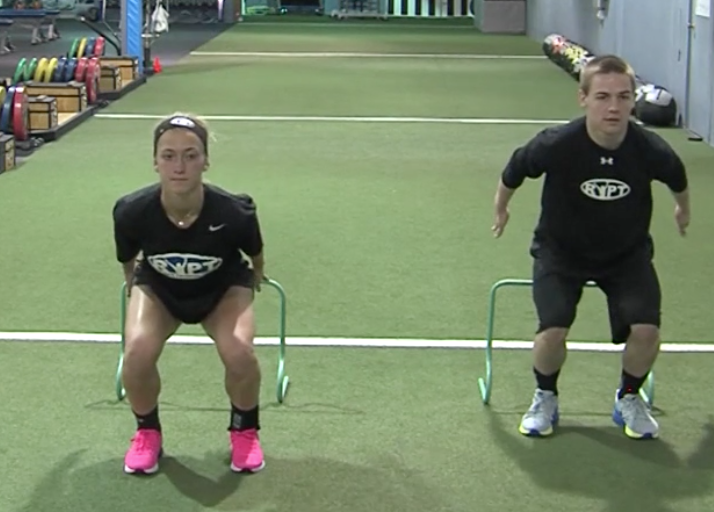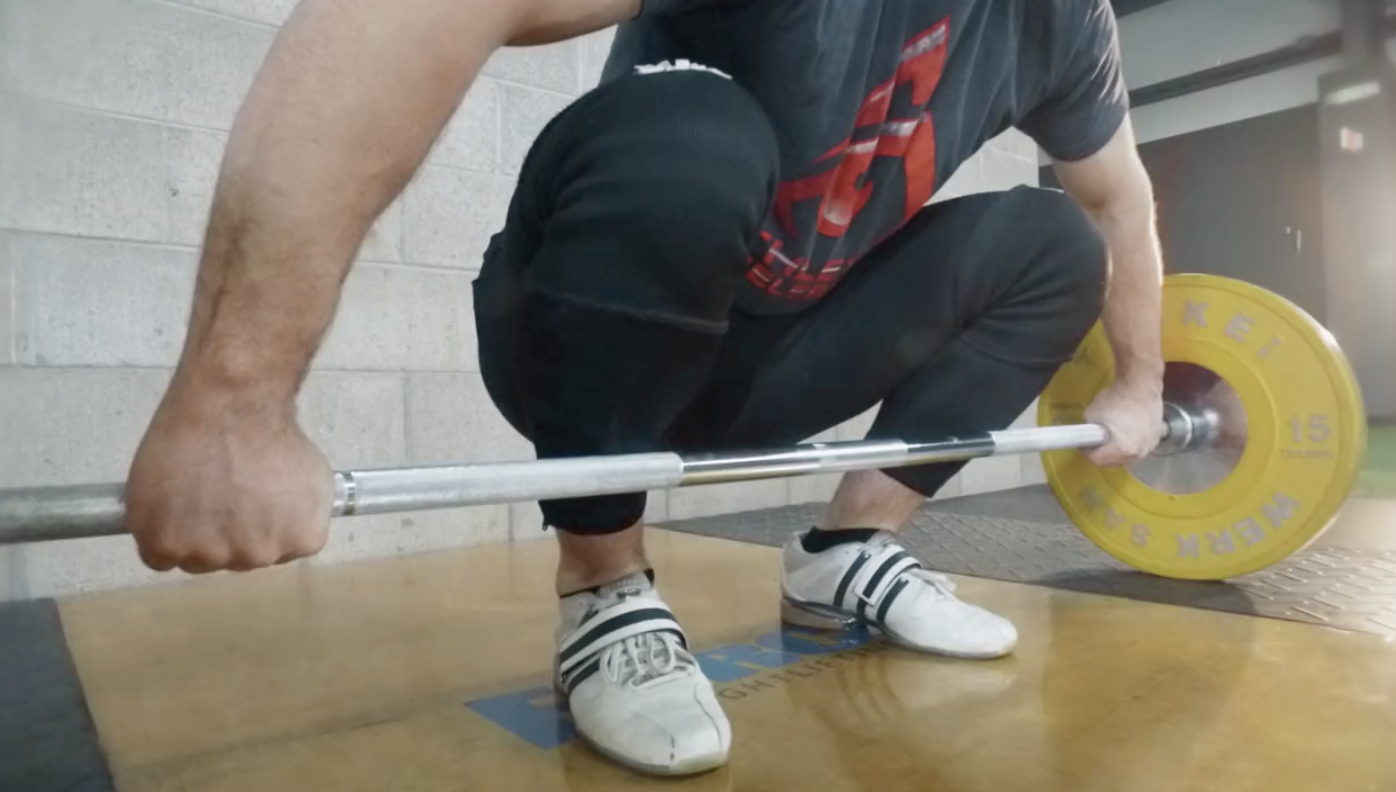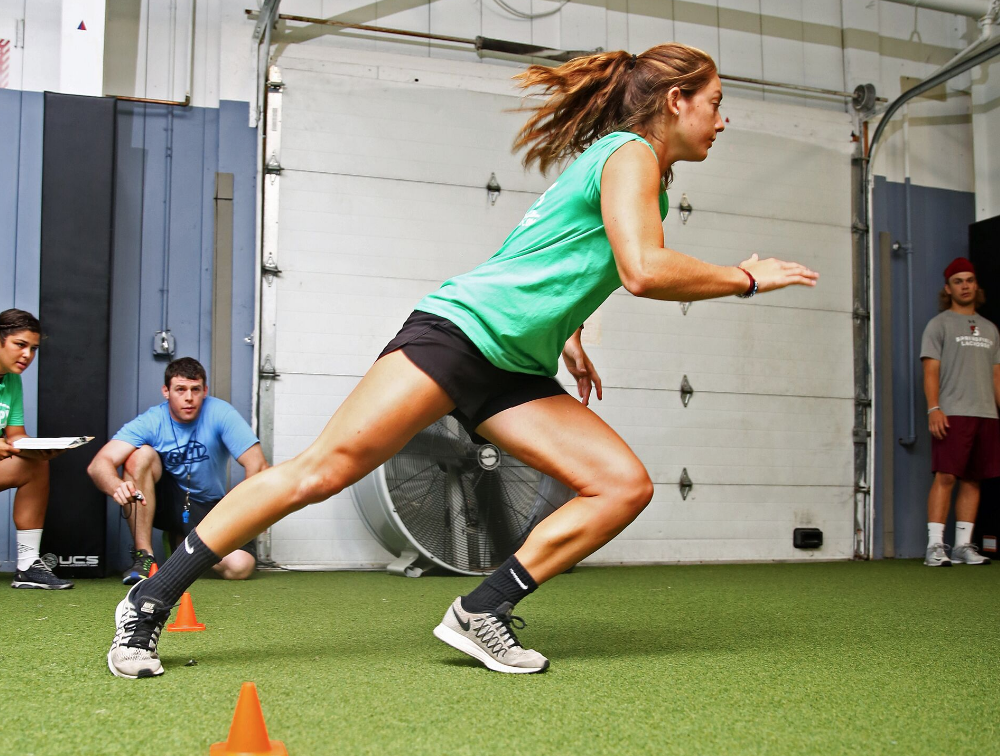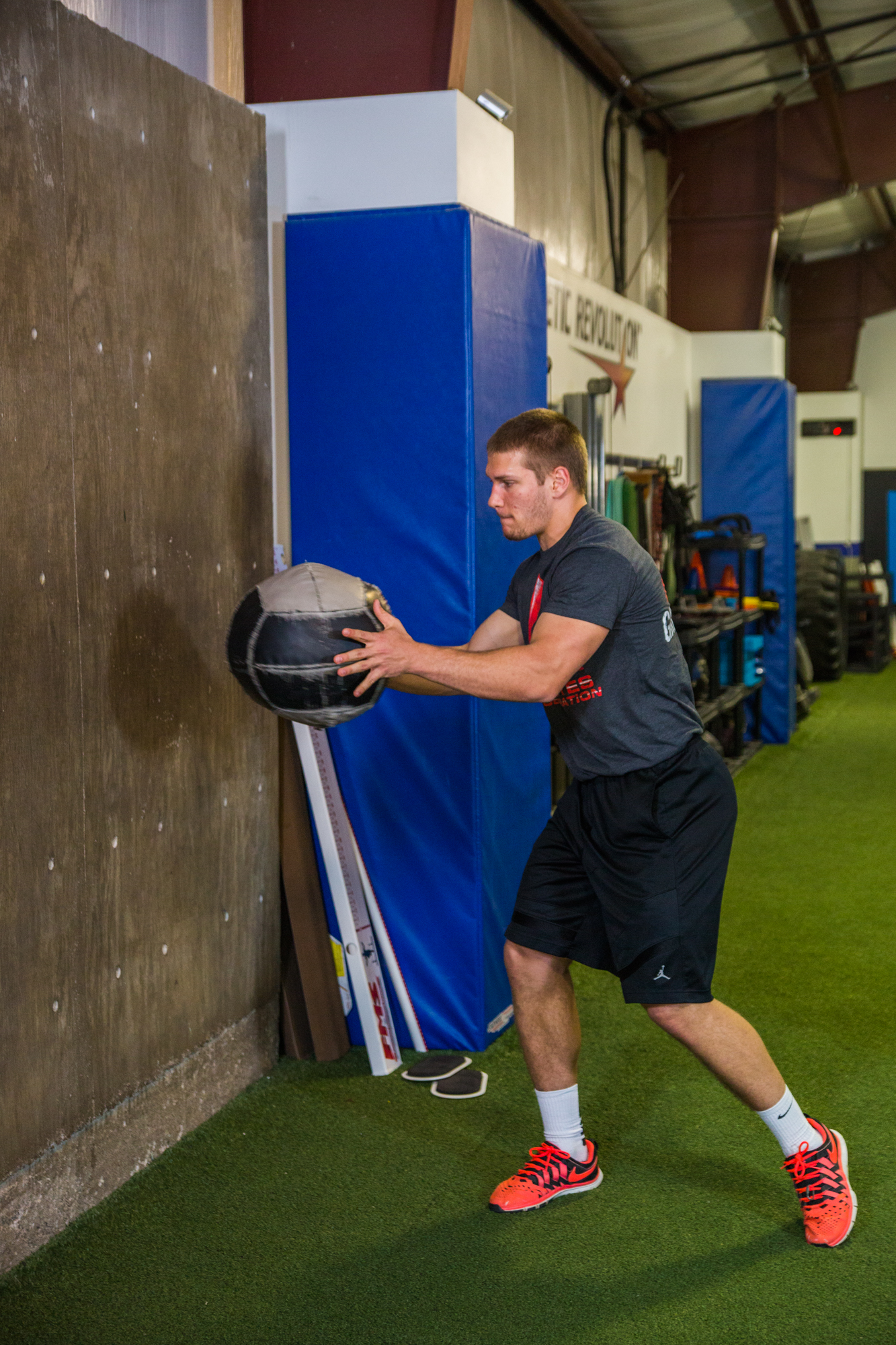Speed Training For Combat Athletes
By: Jason Ferruggia
We all know that conditioning can make or break an MMA competitor and be the determining factor in any fight. If you get gassed early on, you have essentially no shot at victory, no matter how skilled you may be. Another component, however, that is often overlooked in the training of combat athletes is speed. While speed may not be as important as conditioning is to the mixed martial artist, it is still an incredibly valuable commodity to have in your arsenal. If you are faster than your opponent you will be at an advantage in many situations and may be able to administer strikes or takedowns faster than he can defend against them. So, if you have been neglecting speed work in your training, I highly recommend that you read on and start employing some of these ideas right away.
Before we discuss the most effective speed training methods we need to go over a brief explanation of how someone actually gets faster. Inducing improvements in speed comes through proper training of the nervous system. It is actually your nervous system, and its ability to fire efficiently, not your muscles, that is responsible for making you faster. Getting stronger will improve speed but strength alone is not enough. To develop lethal speed and quickness requires dedicated speed training which focuses on improving the firing rate of the central nervous system.
Since speed training taxes the central nervous system and can be very demanding it should always be done first in your workouts when you are freshest. Doing speed work in a weakened or exhausted state does nothing to improve speed and only leads to bad habits being formed. If you combine many methods of lifting in one workout, speed work should always come first followed by heavy, max effort work, then repetition work and finally conditioning work at the very end. Also, since we are targeting the central nervous system with speed work and since the CNS takes 5-6 times longer than the muscles to recover you want to be sure to always use an adequate rest period between sets. This will usually be in the range of 2-5 minutes depending on the exercise and intensity level.
Another important thing to remember when implementing your speed work is that you should always limit your sets to six reps or less. Speed work must always be of the highest quality with no levels of residual fatigue allowed. When you do sets of more than six reps the quality of the work will start to suffer and your speed will begin to decrease. What you do in training transfers over to your performance in the cage or on the mat. Therefore, training slowly leads to performing slowly. This is the last thing you want. For this reason, keep your sets of speed work short and sweet. In most cases, 1-3 reps are actually best. With that out of the way let’s get to some of the most effective speed training methods for combat athletes.
 Jump Training
Jump Training
Various forms of jumps, also known as plyometrics, are my favorite and most often utilized form of speed training. I prefer to limit the use of jumps to an average of 15-25 ground contacts per week and no more. Therefore you could do 3 sets of 5 reps all the way up to 6 sets of 4 reps if you train jumps once per week, or somewhere between 2 sets of 4 and 4 sets of 3 if you train jumps twice per week. The most effective forms of jumps are listed below:
- Box Jump
- Hurdle Jump
- Depth Jump
- Altitude Landing
- Standing Broad Jump
- Vertical Jump
- Jump Squat
Note: You should always cycle four weeks of high intensity jump training like depth jumps or altitude landings, with four weeks of lower intensity jump training like low hurdles or box jumps.
 Olympic Lifts
Olympic Lifts
Olympic lifting has long been used by strength and conditioning coaches to improve speed in their athletes. While Olympic lifting can sometimes be over rated it is still very effective in the training of combat athletes. Olympic lifts should be performed one to two times per week for 3-6 sets of 1-5 reps. The most effective Olympic lift variations for combat athletes are listed below:
- High Pull
- Hang Clean
- Hang Snatch
- Hang Clean and Push Press
- Keg Clean
- Keg Snatch
- Keg Clean and Press
 Sprints
Sprints
When it comes to getting faster there is no more basic method of training than sprinting. However, you may be wondering how speed developed on a track or field carries over to your performance on the mat. When you do a proper sprint training workout which includes a low volume of work consisting of short distance sprints of 50 yards or less and adequate rest periods of 2-5 minutes, you develop explosive speed and power. The speed you develop from such a workout is transferable to anything you do. By working on improving your starts and focusing on short distance sprints you can dramatically improve the speed at which you shoot in or your opponents for takedowns. Sprint training should be performed one or two days per week and should consist of 10-20 short sprints with sufficient rest intervals. Always be sure to perform a thorough warm up before commencing your sprint training workouts.
 Throws
Throws
Any throwing type exercise will always do wonders for speed development. For throws you can use a wide variety of implements such as sandbags, medicine balls, kegs and sledgehammers. The key is to use an object that is not so light that it provides very little in the way of resistance but not so heavy that it slows you down and noticeably alters your throwing mechanics. Optimally, you should be able to throw the object no more than 100 feet and no less than ten feet. If you can throw the object further than 100 feet it is far too light to do anything for speed development. Conversely, if you can not throw the object more than ten feet it is too heavy for speed development and would be closer to a strength exercise instead of a pure speed exercise. My best advice would be to stick with an implement that you can throw somewhere between 20 and 50 feet. Throws should be done once or twice per week for 3-8 sets of 1-5 reps. Some of the most effective throwing exercises are listed below.
- Medicine Ball Forward Scoop Throw
- Medicine Ball Overhead Backward Scoop Throw
- Medicine Ball Rotational Throw
- Medicine Ball Soccer Throw
- Medicine Ball Chest Pass
- Overhead Sandbag Throw
- Rotational Sandbag Throw
- Overhead Keg Throw
- Rotational Hammer Throw
If you have been making conditioning the focus of your training while hardly giving speed work a second thought, it’s time for a change. Prioritize speed training for the next few months and watch the difference it can make in your performance. It could just be the one ingredient that was missing from your arsenal and what helps you break through to the next level. Like the old saying goes, “speed kills.”
About the Author:
Jason Ferruggia is a world famous fitness expert who is renowned for his ability to help people build muscle as fast as humanly possible. He has trained thousands of clients during his 14 years as a professional fitness coach, including more than 500 athletes from over 20 different sports. Jason has written hundreds of articles for numerous top rated training magazines and websites and has authored four fitness books. He is also the head training adviser for Men’s Fitness Magazine where he also has his own monthly column dedicated to muscle building. For more great muscle building information, please visit http://www.musclegainingsecret.com
Recommended Athletes' Acceleration
Products
—————————————————————————–





0 Comments for “Speed Training For Combat Athletes”